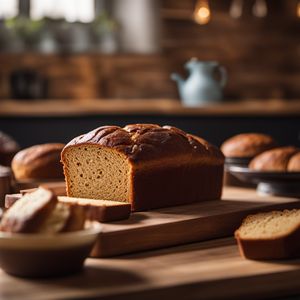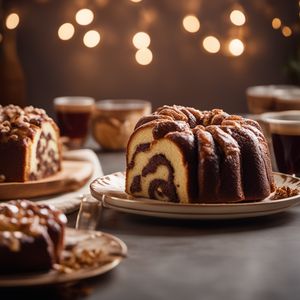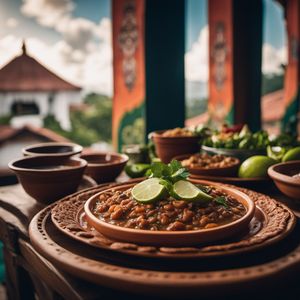
Dish
Pan de muerto
Pan de muerto is made with flour, sugar, eggs, and butter, and is often flavored with orange blossom water or anise. It is typically decorated with bone-shaped pieces of dough, which represent the bones of the dead. This pastry is a popular item during the Day of the Dead celebrations, and is often enjoyed with hot chocolate or atole.
Origins and history
Pan de muerto has been a part of Mexican cuisine for centuries, and is believed to have originated with the Aztecs. The bread was originally made as an offering to the dead, and was often placed on altars during the Day of the Dead celebrations. Over time, the bread became a popular item during the celebrations, and is now enjoyed throughout Mexico and other parts of the world.
Dietary considerations
Pan de muerto is not suitable for individuals with gluten or dairy allergies. It is also high in sugar and should be consumed in moderation.
Variations
There are many variations of pan de muerto, including different shapes and decorations. Some bakers add sesame seeds or sugar to the bread, while others use different flavors such as cinnamon or vanilla.
Presentation and garnishing
Pan de muerto is typically decorated with bone-shaped pieces of dough, which represent the bones of the dead. It is often served on a decorative plate or platter, and can be garnished with fresh fruit or whipped cream.
Tips & Tricks
To keep pan de muerto fresh, store it in an airtight container at room temperature. If the bread becomes stale, it can be revived by heating it in the oven for a few minutes.
Side-dishes
Pan de muerto is often enjoyed with hot chocolate or atole, which is a traditional Mexican drink made with masa, water, and sugar. It can also be served with fresh fruit or yogurt.
Drink pairings
Hot chocolate or atole are the perfect drink pairings for pan de muerto. The sweet bread pairs well with the rich, bold flavors of the drinks, and helps to balance out their sweetness.
Delicious Pan de muerto recipes
More dishes from this category... Browse all »

Amish Friendship Bread
American cuisine

Anello di Monaco
Italian cuisine

Aranygaluska
Hungarian cuisine

Babka
Polish cuisine

Banana Bread
American cuisine

Bara Brith
Welsh cuisine

Barmbrack
Irish cuisine

Bath Bun
English cuisine



